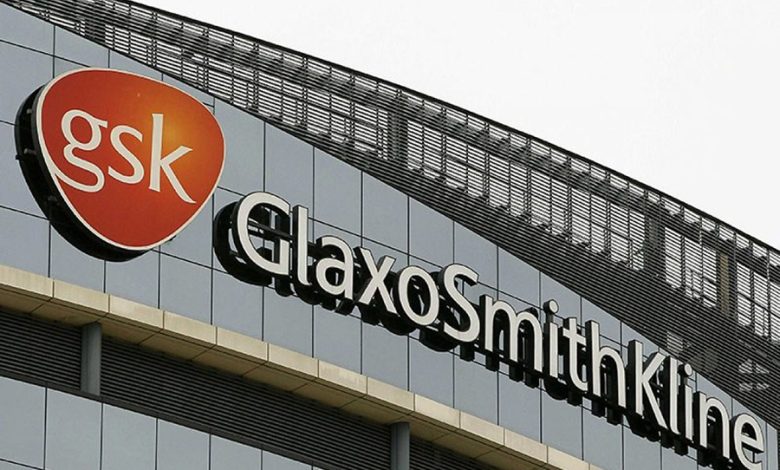GSK’s new HIV drug formula could support longer dosing intervals

GSK, a leading pharmaceutical company, announced on Monday the development of a new formulation for its HIV prevention and treatment drug, potentially allowing for dosing intervals of at least every four months. This marks a significant improvement from the previous requirement of dosing every two months.
Data on the ultra-long-acting cabotegravir was presented at the Conference on Retroviruses and Opportunistic Infections by GSK’s HIV-focused unit, ViiV Healthcare. Large-scale clinical trials are planned by ViiV later this year to further evaluate the efficacy and safety of this new formulation.
This development aligns with GSK’s strategic shift towards long-acting treatments and prevention therapies for HIV. With a dozen significant product releases anticipated in the coming years, GSK aims to address patent expiries, litigations, and declining revenue from current bestsellers in the HIV treatment market.
Kimberly Smith, head of Research and Development at ViiV, highlighted the potential of the new cabotegravir formulation, stating that its higher concentration and extended half-life could pave the way for dosing every four months for HIV treatment and pre-exposure prophylaxis (PrEP).
In addition to HIV treatment and prevention, GSK plans to introduce the first ultra-long-acting medicine for HIV prevention in 2026, followed by an ultra-long-acting HIV treatment medicine in 2027.
It’s worth noting that Pfizer and Shionogi hold minority stakes in GSK’s ViiV Healthcare business. The success of GSK’s HIV-focused initiatives is reflected in strong sales of medicines for HIV, which contributed about 21% of the company’s total revenue last year.
This groundbreaking development in HIV treatment and prevention underscores GSK’s commitment to innovation and improving patient outcomes in the fight against AIDS.





